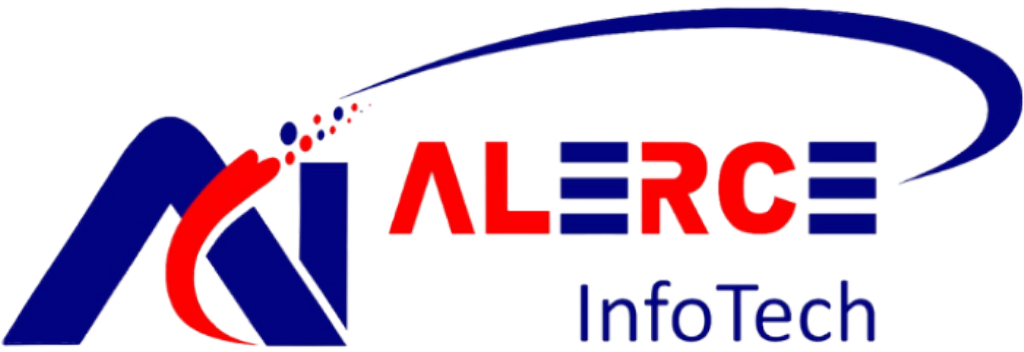Description
Research Relevant Keywords: Identify keywords that are relevant to your product and that potential customers are likely to use when searching for it. Include both short-tail keywords (broad) and long-tail keywords (more specific) to cover a wider range of search queries.
Understand Your Target Audience: Know who your potential customers are, what they need, and how your product meets those needs. Tailor your product description to speak directly to your target audience, addressing their specific concerns and how your product can solve them.
Highlight Key Features and Benefits: List the key features of your product and explain how these features benefit the user. Make sure to prioritize the benefits that are most important to your target audience.
Use Natural Language and Keywords: Incorporate your researched keywords naturally into your product description. Avoid keyword stuffing, as it can negatively impact your SEO and make the text difficult to read. Instead, use keywords in a way that feels natural and adds value to the description.
Optimize Product Title and Meta Descriptions: Include important keywords in your product title and meta description as well. This not only helps with SEO but also gives potential customers a clear idea of what your product is about before they even click on the page.
Use High-Quality, Relevant Images: Images play a crucial role in product descriptions. Use high-quality, relevant images that complement your text and give customers a better understanding of your product. Alt text for images should also be optimized with relevant keywords for SEO.
Include Customer Reviews and Ratings: Social proof can significantly impact purchasing decisions. Including customer reviews and ratings in your product description can improve trust and credibility, which can positively affect your SEO and conversion rates.
Ensure Readability: Use short paragraphs, bullet points, and subheadings to make your product description easy to read. A well-structured description improves user experience, which is a factor in SEO rankings.
Include a Call-to-Action (CTA): Encourage potential customers to take action, whether it’s to buy now, learn more, or contact for more details. A clear CTA can improve conversion rates.
Monitor and Update Regularly: SEO strategies evolve, and so do customer preferences. Regularly review and update your product descriptions to ensure they remain effective and relevant.
Remember, the goal of an SEO product description is not just to rank well in search engines but also to convert potential customers by clearly communicating the value of your product.

